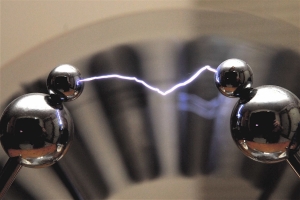Static electricity
Static electricity is a type of electrical energy that builds up on the surface of a material due to friction, separation, or other processes. When two materials are in contact or separated, electrons are transferred between them, resulting in an excess or deficiency of electric charge. This charge is retained on the surface of the material and can cause various effects such as attraction or repulsion between surfaces, sparking or discharge of electrical discharges.
Antistatic electricity is the opposite of static electricity. It is electrical energy that is either minimized or rapidly dissipated to minimize the accumulation of electrical charge on the surface of the material. Antistatic properties are achieved in a variety of ways, including the addition of antistatic additives to the material, coatings, or surface treatments that allow rapid charge transfer from the surface. The goal of antistatic protection is to minimize the risk of damage to sensitive electronic components, devices or materials due to static electricity.
Antistatic properties are desirable in many industries and applications, especially where the risk of damage to electronic components, sensitive equipment or materials due to static electricity needs to be minimized. This includes industry, electronics, pharmaceuticals, petrochemicals, cleaning, manufacturing and many others. Antistatic properties are achieved in a variety of ways, including the addition of antistatic additives to the material, coatings, surface treatments, or the use of special antistatic devices such as belts or pads.

